Muskat Wahiba Sands Al
Rustaq Wadi Tiwi Muttrah-Souk Jabreen Birkat Al Mauz
Salalah Sumhurum Provinz Dhofar
Al Hamra is a
historic town located in the
Oman's
Al Dakhiliyah
Governorate, nestled in the foothills of the
Hajar Mountains. It's known for its traditional
mud-brick buildings, stunning architecture, and its role in
preserving Oman's rich cultural heritage.
Here are some highlights
about Al Hamra:
-
Historical
Significance:
- Al Hamra is one
of the oldest towns in Oman, and its origins date
back to the 16th century. The town is an excellent
example of Oman's traditional way of life, with
buildings and houses constructed using locally
sourced materials, especially mud bricks, which
helped in maintaining cool interiors during the hot
desert summers.
-
Bait Al Safah
Museum:
- This museum is
located in one of the traditional homes of Al Hamra
and offers visitors a glimpse into the daily life of
the Omani people in centuries past. You can explore
exhibits that showcase old household tools,
clothing, and crafts, offering insights into the
local customs, history, and traditions.
-
Misfat Al
Abriyeen:
- A beautiful
village located near Al Hamra,
Misfat Al
Abriyeen is known for its terraced fields,
traditional irrigation system (called
falaj),
and stunning views of the mountains. The village
features old houses built from stone and mud, adding
to the area’s charm. The old irrigation channels
still carry water from mountain springs to the
fields, which are used for farming.
-
Jebel Shams:
- Al Hamra is
located near
Jebel
Shams, the highest mountain in Oman. Known
as the "Mountain of the Sun," it offers spectacular
hiking and trekking opportunities, with incredible
views of the deep Wadi Ghul, also called the "Grand
Canyon of Oman." Jebel Shams is a popular
destination for adventure lovers and nature
enthusiasts.
-
Architecture
and Culture:
- Al Hamra's
traditional mud houses, known as
"Bait",
are famous for their unique construction. The town's
architecture has largely been preserved, and walking
through its narrow alleyways provides a window into
Oman’s past. The layout of the town is designed to
adapt to the harsh desert environment, with features
like narrow alleys to shield the buildings from heat
and maximize airflow.
-
Agriculture:
- The town is
surrounded by fertile land, which supports farming
of dates, bananas, pomegranates, and other fruits.
The date
palms are particularly important to the
local economy and culture.
-
Local Life:
- Al Hamra is
still an active, working town. You can witness
traditional Omani life, from locals engaged in
farming to traditional crafts. Visitors are often
welcomed warmly by the locals.
Al Hamra offers a unique opportunity to experience
traditional Omani life and culture while surrounded by the
beauty of the mountains and desert landscapes. It is a great
destination for those interested in history, architecture,
and nature.
 Safaris
Bergsteigen
Wandern
Inselwandern Weltweit
Safaris
Bergsteigen
Wandern
Inselwandern Weltweit
 Europa
Inselwandern
Europa
Inselwandern
 Städtewandern
Städtewandern
 Paintings
Paintings  Dirk Rauschenbach
Dirk Rauschenbach
 Safaris
Bergsteigen
Wandern
Inselwandern Weltweit
Safaris
Bergsteigen
Wandern
Inselwandern Weltweit
 Europa
Inselwandern
Europa
Inselwandern
 Städtewandern
Städtewandern
 Paintings
Paintings  Dirk Rauschenbach
Dirk Rauschenbach

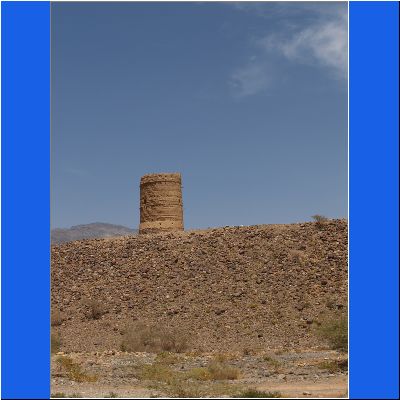
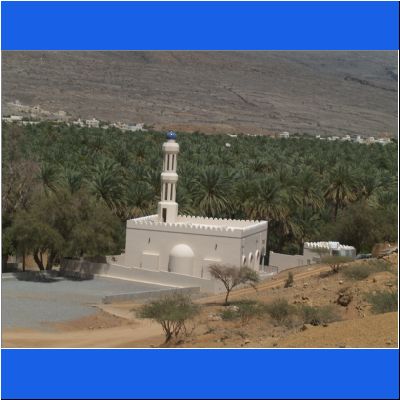
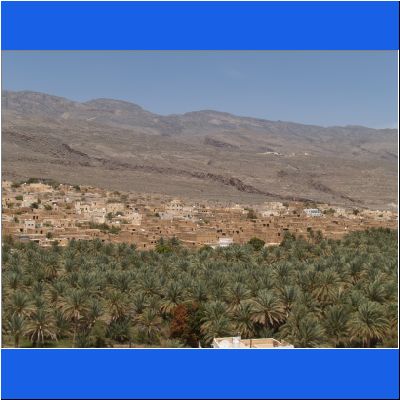
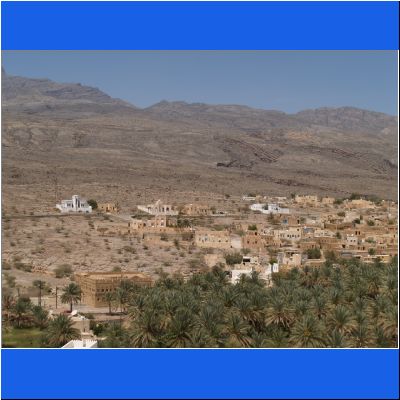


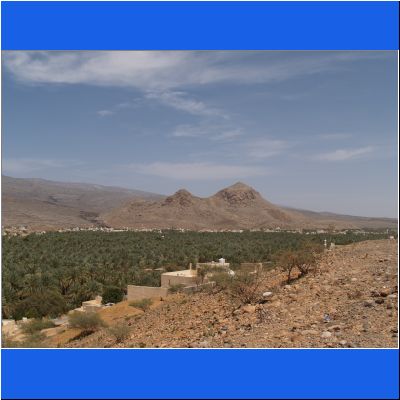
![]() 04.10.25 Copyright Dirk
Rauschenbach Koelnerstrasse 293 51702 Bergneustadt
Datenschutzerklaerung 02261 9788972 Mail ccooly(
at) web.de
04.10.25 Copyright Dirk
Rauschenbach Koelnerstrasse 293 51702 Bergneustadt
Datenschutzerklaerung 02261 9788972 Mail ccooly(
at) web.de